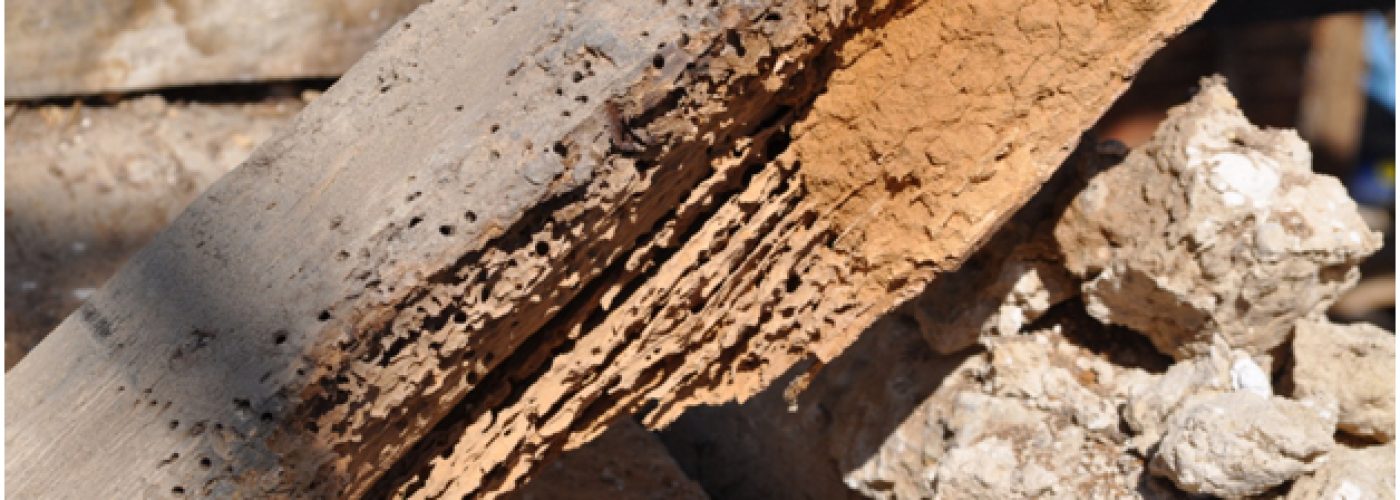A case that The Property Ombudsman was asked to review came from a buyer concerning the survey.
The buyer said that the surveyor failed to notify her of the presence of woodworm (active or not). She said that the survey report did not mention evidence of woodworm in the kitchen or hall floorings even though those areas were not carpeted at the time of the survey. She explained that if she had been alerted to this, she could have had any necessary treatment carried out before moving into the property. Instead, this had to be done after, requiring her to vacate the property for three days.
The surveyor said that at the initial inspection, the timber floor was exposed in the hall and
kitchen and appeared generally free of defect. There was damp staining in the kitchen and the area was tested with a damp meter which showed the area was dry. In the absence of any further visible defect, they concluded that there was no significant problem to the floor.
The surveyor commented on treatment carried out on behalf of the buyer by a woodworm specialist company. They thought that there was a lack of evidence from the contractor’s inspection as the photographs of floorboards showed visible holes on the underside of the floorboards only. They said these would not have been noticeable without the floor being lifted, something the survey report clearly stated would not be done. In addition, the work was carried nine months after their inspection, and they said that conditions could have changed during this time.
OMBUDSMAN’S FINDINGS
The buyer had commissioned a Level 3 RICS Building Survey Report. The survey stated that the surveyor would use their best endeavours to identify the risk of potential or hidden defects and to see as much as is physically accessible. With specific regard to the floors, the survey explained that surfaces of exposed floors were visually inspected and, where covered, the corners of loose carpets and other floor coverings would be lifted where practicable and with the permission of the owner and/or occupier.
The floor was exposed in both the kitchen and hall. The surveyor should have noted any obvious signs of woodworm; the report did not indicate there were any signs. The survey explained that recommendations for further investigations should be included only when the surveyor felt unable to reach necessary conclusions with reasonable confidence. There was no suggestion that, in this case, the surveyor was unable to reach their conclusions about the condition of the floor with confidence.
The Ombudsman did not consider that there was anything to put the surveyor on notice that there was a potential infestation; no holes were evident at the time the survey was completed and the surveyor reported that the floors were generally free of defect. While appreciating the inconvenience caused to the buyer as a result of having treatment carried out once she had moved into the property, there was no evidence to indicate that woodworm should have been noted on the survey.
Outcome
The complaint was not supported.






